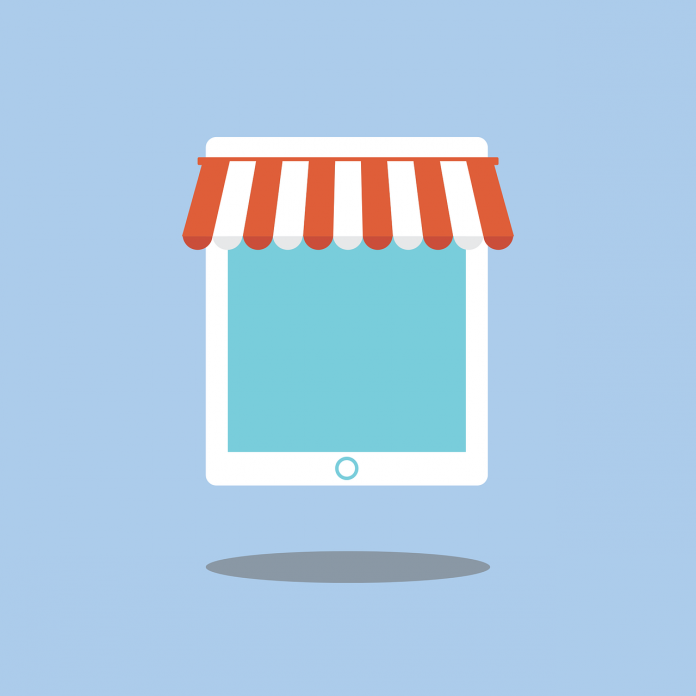Ecommerce isn’t something new on Home Business Mag. In the past we’ve covered topics like ’How to Start an Ecommerce Business from Home’. Additionally, we even delved into the ‘4 Common Mistakes That Ecommerce Owners Make’. But this time around we are going to take a couple of steps back, literally, and focus on the basic steps to consider when building an Ecommerce platform.
1. Purchase Your Domain
Probably the easiest thing on this list is buying your domain. Head over to Go Daddy and you can purchase a domain for as little as $9.99. If the domain is already taken then you make have to pay a little more. However, if you’re looking at a domain which has a very lucrative keyword, like for instance “technology” or “gaming” then you might have to rethink your game plan as it could cost you a significant amount before you’ve even started.
2. Web Hosting + Ecommerce Platform
If you read a list like this one by Entrepreneur’s Jason Parkes then you’ll see a category filed under “Find a Web Developer”. Nowadays, that isn’t such a necessity due to the abundance of platforms that provide you with all the key elements to build your own personalized and fully functioning Ecommerce platform… But more about that later.
Choosing the right hosting package is key because you want something that suits you and your businesses needs. For instance, if you are a newcomer to Ecommerce you might want to go with something that provides the best customer support services like BlueHost or DomainRacer. If you’re looking for the overall best services, then Business.com named InMotion Hosting the Best Web Hosing Service for Small Business.
Moving across to the Ecommerce platform, we are going to go with the tried and tested Shopify. Year-on-year Shopify is ranked in the top three Ecommerce platforms available on the market. According to Ecommerce Guide’s overview of Shopify they feel that it stands out because of its great customer support, its ease of use, price and because it is a “fully integrated Ecommerce solution, providing ready-made shops that can be tweaked and customized” depending on the owners preference.
3. Choose a Design That Fits Your Brand
The look of any website is key and should be aligned with your brand. The best thing about starting an online store on platforms like Shopify is they have a ton of skins/themes which can be purchased and applied to your Ecommerce platform. They aren’t particularly expensive either. The prices generally vary between not having to pay anything to $180. One thing to consider above anything else is if the theme is user friendly. If not, go back to the drawing board.
4. Install a Payment Gateway
Let’s revisit the trusty Shopify again for a minute. There’s a reason why Shopify is so useful; it’s because it provides a checklist of services that you can add and takeaway whenever you need to. Adding a payment gateway is just one of them. You only have to visit the site, and you’re immediately greeted with “Shopify integrates with over 100 payment gateways to accept credit cards from all over the world.” In fact, it’s pretty hard to find a country it doesn’t accept transactions from. So in terms of practicality, Shopify’s ability to offer a 360-degree solution for people looking to create an Ecommerce platform, means that there aren’t many others out there that offer such an easy to use platform for entry level into Ecommerce.
5. Add All Your Products and Content
Adding all your products may turn out to be a labor intensive job but it something you need to have ready for when you finally go live with your site. If you have the resources, consult an SEO consultant or agency so that they can advise you on what keywords to focus on for your product descriptions. This will help you target potential customers by optimizing the on-page content. Once you’ve done that it’s time to populate your site with content, and the best way to do that is via a blog covering topics related to your industry and products.
This is again where you need the help from an SEO or you could go down the route of using SEO tools like Moz to do your own keyword research so you can find out search volumes for certain keyword strings. This will also give you an idea of what content gaps you should try and target when writing content to help covert traffic into paying consumers.
6. Go Live!
There are ton of other things to consider like outreach, digital and traditional PR, social media and content marketing on a larger scale but these bullet points are the basic steps to go through to launch an Ecommerce platform. The more resources you have at your disposal, the bigger the potential reach upon launch, as the skillsets you can pool together, for instance, using a digital marketing agency to provide long-term strategic plans, can aid in ROI and growing your site. If you’re literally a one-man band, then the process will be a little slower, and you must be able to carve out your niche in order to survive in a very competitive online marketplace, whichever industry you choose to operate in.
Find a Home-Based Business to Start-Up >>> Hundreds of Business Listings.















































